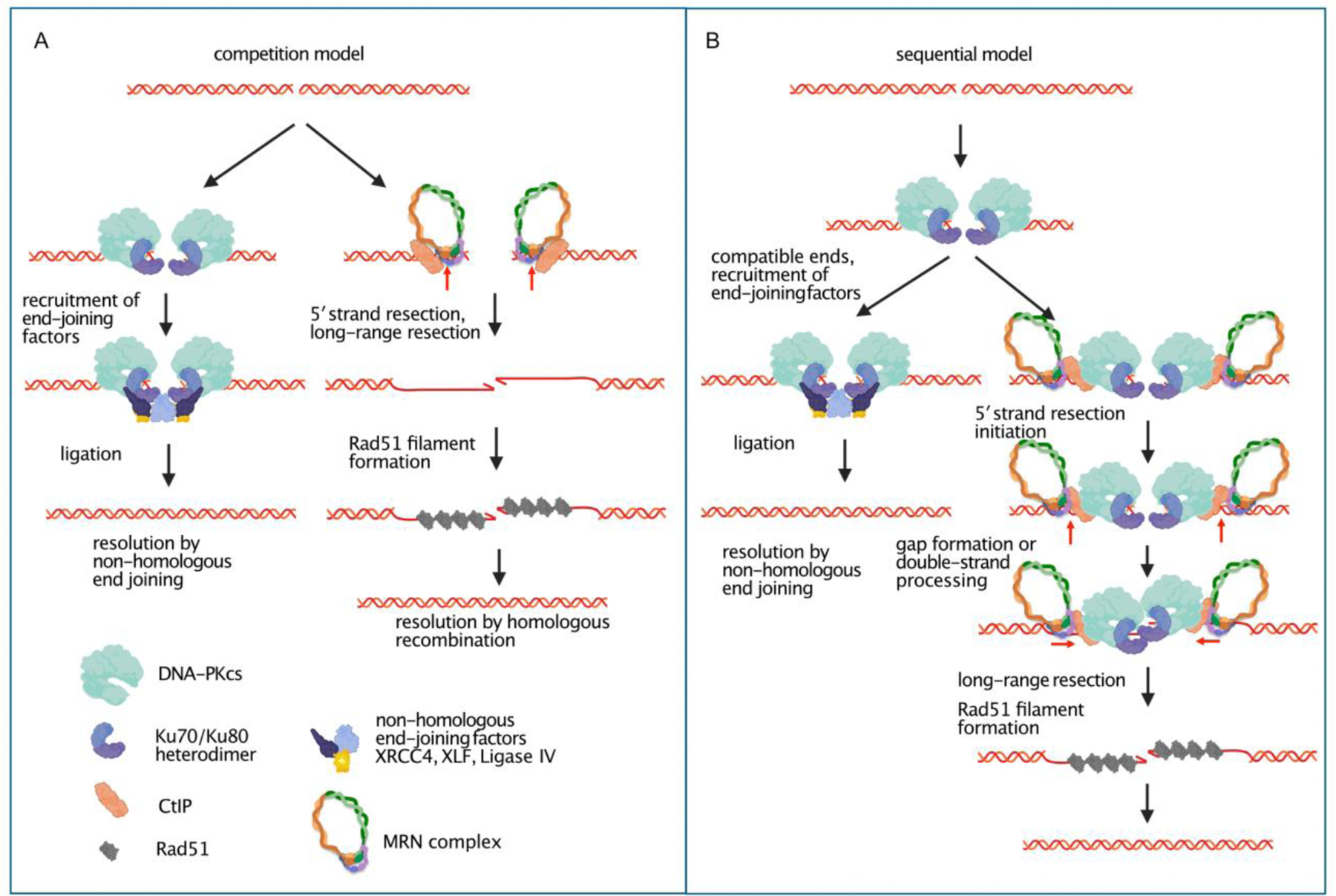Figure 2. Competition versus Sequential models of DNA double-strand break repair.

In the simple competition model (A), NHEJ and HR pathways are shown as mutually exclusive, with the initial binding of DNA-PK or MRN/CtIP determining pathway outcomes. Binding of DNA-PK leads to recruitment of NHEJ factors and resolution through ligation, whereas association of MRN and CtIP generate the initial stages of resection followed by long-range resection, RPA association (not shown), Rad51 filament formation, and resolution by HR. For simplicity, DNA-PK is shown only as the holoenzyme (DNA-PKcs with Ku) here. In the sequential model (B), essentially all ends are bound by DNA-PK, with recruitment of NHEJ factors and resolution by ligation occurring when ends are compatible. In this model, failure to resolve (or perhaps failure to productively align) ends by NHEJ leads to the physical association of MRN and CtIP with these DNA-PK-bound breaks, promoting endonucleolytic processing of the ends by MRN, gap formation by 3′ to 5′ exonuclease activity, or double-strand processing. Long-range nuclease recruitment promotes the formation of 3′ single-strands which are subsequently bound by Rad51 and resolved by HR.
